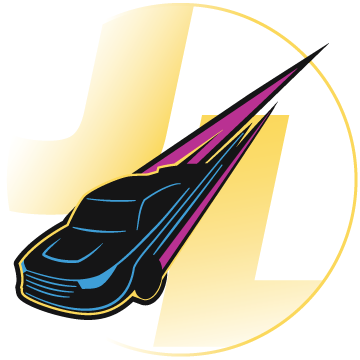We have made a lot this week about the fact that there is really no good comparison to the Chicago Street Race track being run this weekend. However, the eNASCAR Coca-Cola iRacing Series ran a race at the virtual Chicago Street track.
Of course, the virtual Chicago Street Course does not look exactly how the real life variant will look, and iRacing is not a perfect representation of how the car will race. However, it does give us some insight into the race track.
The first six turns of the course are generally pretty wide, at least for a road course. This makes sense as South Columbus drive is around seven lanes wide for normal everyday traffic, and Dusable Lake Shore Drive is a divided highway. This means that the beginning of the race and the restarts will be run on a wide racing surface, which hopefully means there will be less “Cautions breed cautions” type of incidents.
As for turns six through eleven, all of those parts of the track are very tight. This is primarily because the cars go over not one, but two bridges at Balbo Avenue and Jackson Boulevard. Plus, Michigan Avenue is only three lanes wide where the course is at.
This means that both ends of the race track could race quite differently. There could be lots of fanning out on restarts, but they are likely going to have to funnel down to single file by the time they get to turn six definitely by turn eight.
As was mentioned, the track goes over two bridges at both Balbo Avenue between turns six and seven, and Jackson Boulevard between turns 11 and 12. These bridges go over the train yard that feeds into nearby Millennium Station.
However, there is a pretty significant hump to over these bridges, and that could mean some interesting things. It means the suspensions will have to handle elevation change, and the cars will be carrying more speed and momentum into two heavy braking zones. It also means that the approaches to the turns seven and 12 are blind, which makes for some danger if an accident happens at the end of those bridges.
Instead of a straight shot down Michigan Avenue, NASCAR drivers will turn right, into a long left onto East Congress Plaza Drive, then another right hander back onto Michigan Avenue. This complex is narrow and awkward to negotiate. It is sort of like the anti-esses.
The complex is narrow, and it is tough to get right. If anyone decides to attempt a pass into, through, or out of this corner…uh oh. The potential track blocking pile-up that many dread would most likely happen in this complex, if it does at all.
Pit entrance coming out of turn 12 is incredibly close to the final corner. It is just a small window of pavement between the exit of turn-12 and the pit wall, and pit exit is the same. It is about as harsh of a 90 degree turn as you can find to get out of the pits back onto the racing surface.
Typically, drivers tend to find way to negotiate that well, but this is far from a normal pit entrance or exit. It is definitely something to watch, particularly when looking at how drivers will find their way onto pit road coming off of the final corner if green flag pit stop occur.
